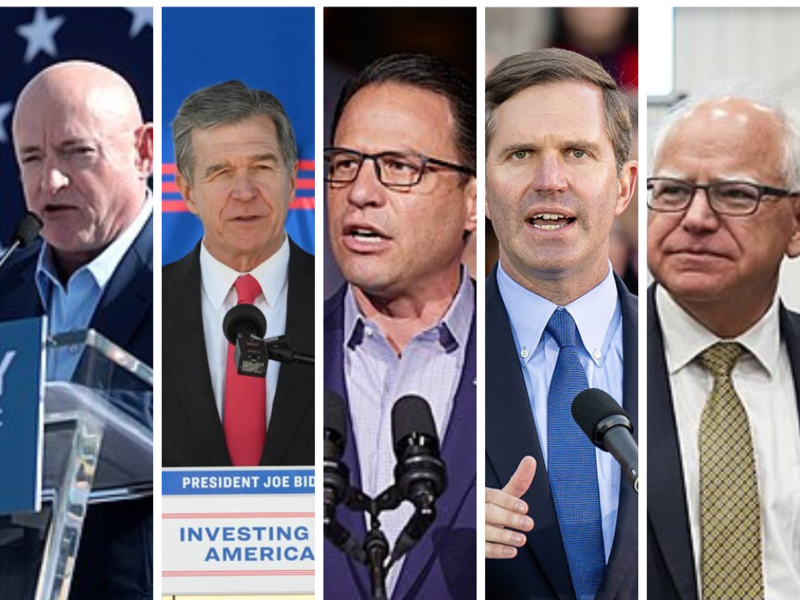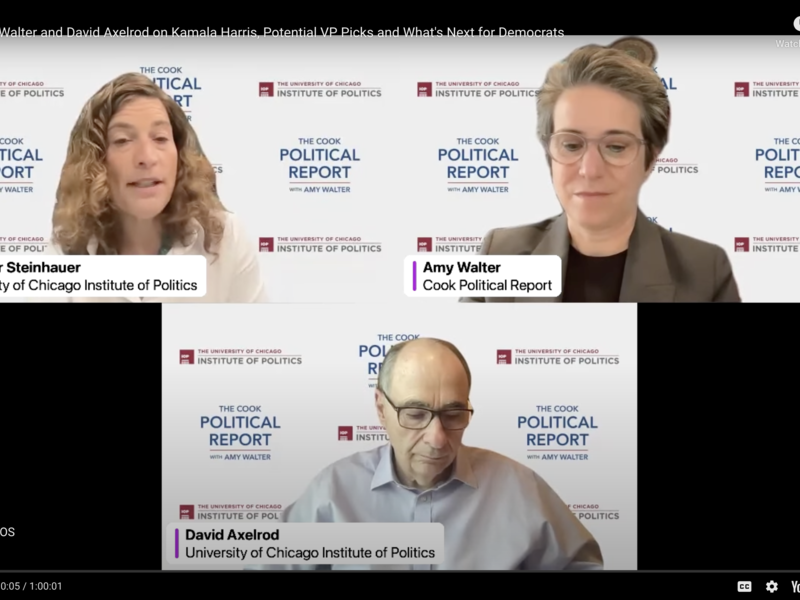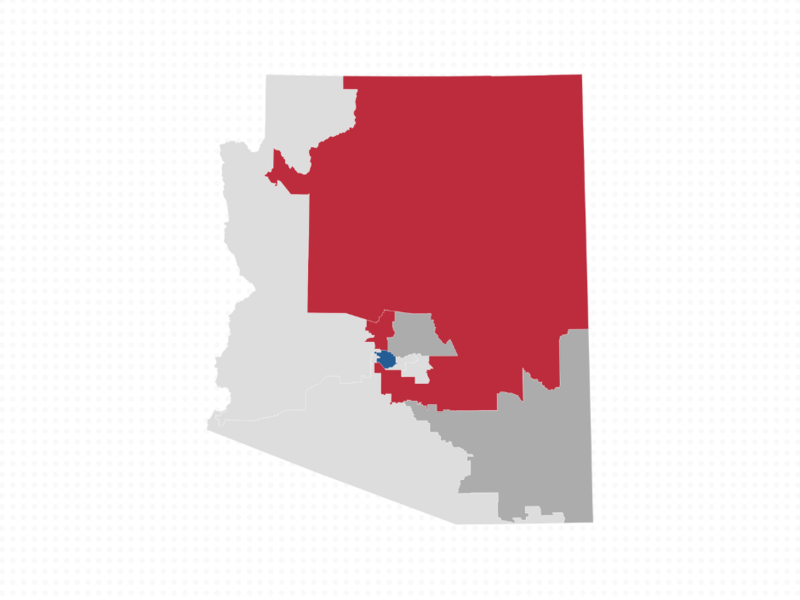
Of all of the issues that could impact the outcome of the election this November, none is as challenging to predict than how millions of voters will physically cast their ballots. Which voters will turn out at a polling place and which ones decide to vote by mail? What kind of access will voters have to getting an absentee ballot? And, in the case of an influx of votes by mail, how will counties handle counting those votes in a timely manner?
Primary elections across the country over the last few months have provided some preliminary answers to these questions. Many of those states showed us that they are woefully unprepared for the significant changes in voting behavior. But with the general election quickly approaching — Sunday marked 100 days from election day — we checked in with the elections offices of the states that the Cook Political Report rates as competitive to try to ascertain how they're planning to handle this election's unique circumstances. Here is what we found:
Changes in voting behavior have been starkIn the following










Subscribe Today
Our subscribers have first access to individual race pages for each House, Senate and Governors race, which will include race ratings (each race is rated on a seven-point scale) and a narrative analysis pertaining to that race.